So we are finally starting to have cooler nights. The last week was more rain than sun. Some trees are starting to color up and the sour tang of decay is beginning to creep into the air. There are a few plants which are in their glory now this late in flowering year. One group which stands out are Asters, their lavender blues are seen along roadsides and in gardens everywhere. Aster x frikartii ‘Monch’ (Monch Aster or Frikart’s Aster)is arguably the best of this mighty group of plants.
Frikart’s Aster was a planned meeting of 2 species to produces a plant that combined the best of the parents. We do not know exactly why these plants were selected by Carl Ludwig Frikart (1879-1964) but we are grateful for the outcome. Little is known about Frikart other than he ran a nursery in Stafa, Switzerland and is said to have had a large rock garden which was built in the 1930s.
The two Asters Frikart decided to combine were Aster amellus and thompsonii. Aster amellus is called Michealmas Daisy or Starwort in Europe where in comes from. It grows from France east through Italy into Czechoslovakia. It has more attractive leaves than most other Aster species and is more tolerant of dry conditions than most others. It also less effected by most of the common disease of Asters such as leaf spot and mildews. The other Aster selected was Aster thompsonii which comes from the Himalayas and is most commonly seen here as the form ‘Nana’ It has larger lavender blue flowers and wiry dark stems. I have grown both species and must say that they both are neat attractive plants with less pests or disease than other better known species.
Carl Ludwig Frikart began crossing amellus and thompsonii and named his first successful crosses after the famous mountains in his native Switzerland. Three were named in 1918: Eiger, Jung Frau and Monch, of these ‘Monch’ became the most famous and planted throughout the world. He continued making crosses and later released ‘Wunder von Stafa’ (‘Wonder of Stafa’) named after the town were he lived, it is still grown and is available especially in Europe. Later Alan Bloom of Bressingham Nursery would add the cross ‘King George’ to the list.
Monch Aster is in many ways really well suited for the garden where other Asters are not. Many of the Aster we grow originally come from plants which grow in swampy areas or on the edges of waterside. Aster x frikartii Monch‘s parents come from naturally dry areas. Here we have damp springs and bone dry summers which cause many Asters to develop diseases which are rarely seen with Monch’s Aster
.
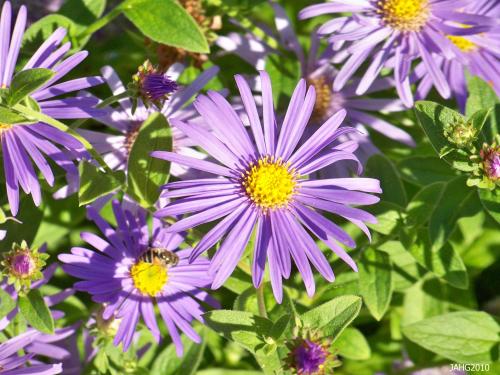
The simplicity, large size and purity of color of Monch Aster flowers is one of most pleasing aspects of the plant.
Monch Aster are easy to grow, they like full sun, well drain soil with some nutrients and less than average water throughout the year. They are fairly compact especially in full sun, growing 60-90cm(2-3ft) tall and with about 50cm(1.5ft). If they are tending to flop stake them up, I have not really seen this here unless the plants are in to much shade. They are hardy to zone 6 or -15c(5f).
Probably the best reason to use this plant is its extremely long season of bloom which lasts from late July into October. Here you will see it in traffic medians in Saanich because its a low maintenance plant which gives color for several months. Frikart`s Aster is very versatile, it can be used in many places. It is seen in sunny perennial and shrub borders, as seasonal color, in containers, mass planted, in dry borders or hard to water areas and as an accent in gardens.
Searching for Monch Aster:
Aster amellus is also called Italian Aster: http://www.gardening.eu/plants/Perennial-Plants/Aster-amellus/1742/
New York Times article on Asters: http://www.nytimes.com/1991/09/15/nyregion/gardening-asters-can-be-ordinary-or-spectacular.html
Sunset article on Monch Aster: http://plantfinder.sunset.com/sunset/plant-details.jsp?id=321
Until we meet again soon…
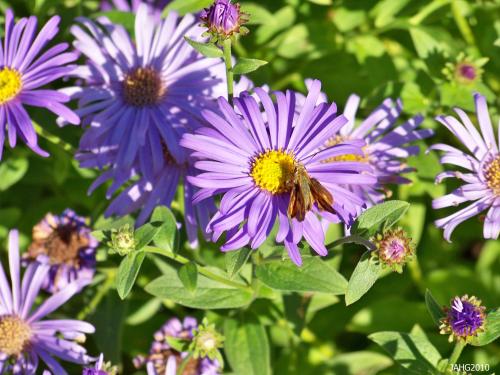
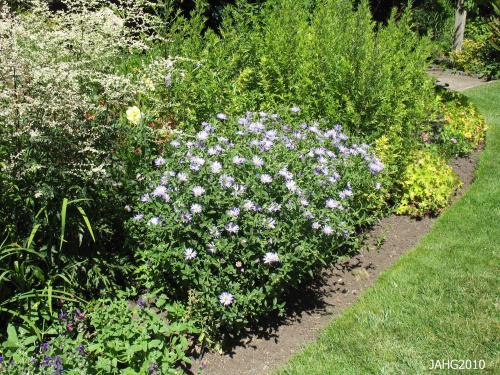
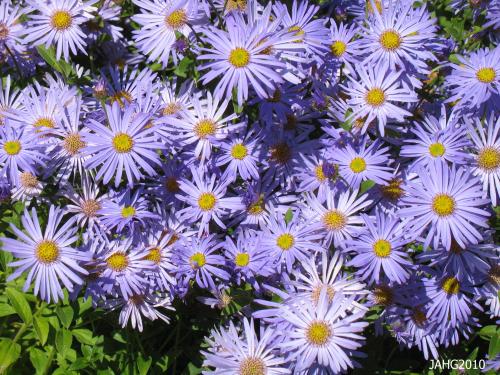
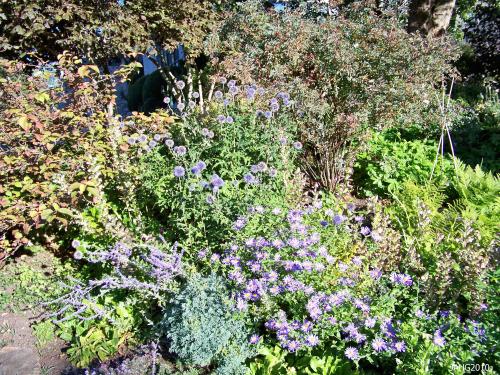
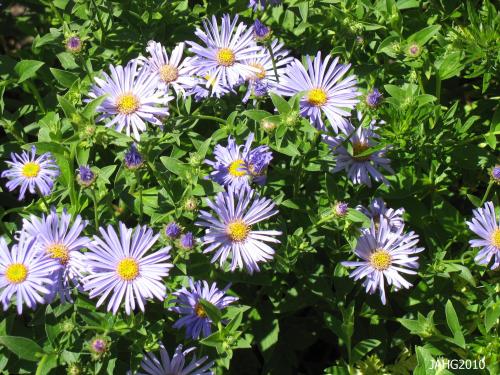
 Stumble It!
Stumble It!






